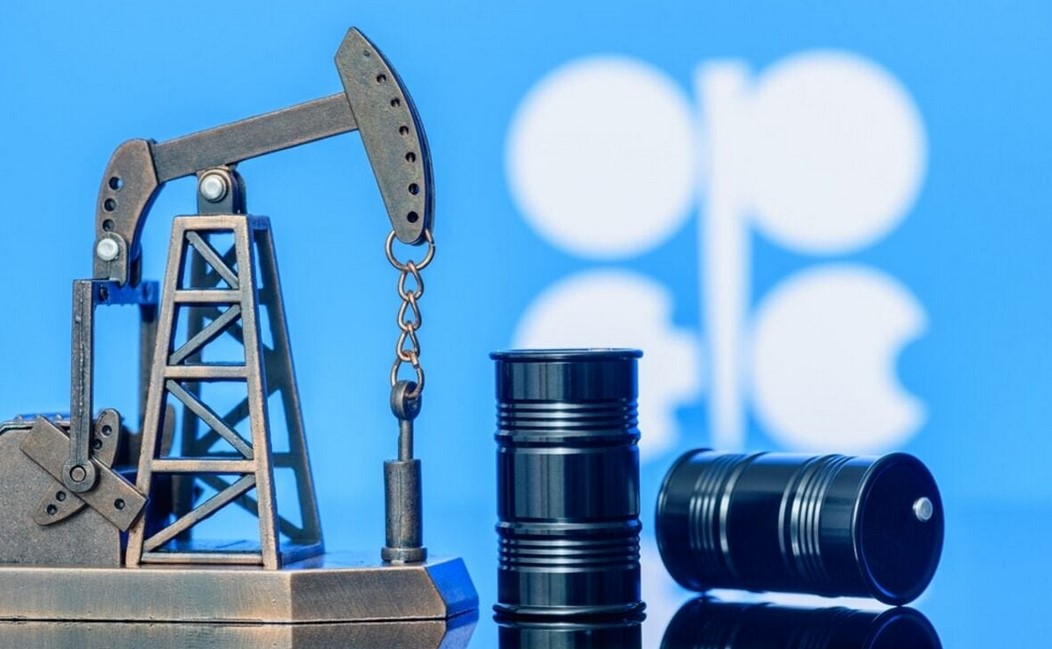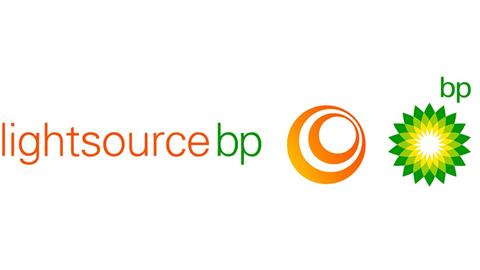by Javier Blas* The cartel may have to accept lower crude prices
After abandoning its pursuit of $100-a-barrel oil in June, OPEC+ faces a new challenge. Increasingly, the market is testing its downside tolerance. In short: Can Saudi Arabia, Russia and their peers defend a floor around $75? It can for a few weeks, or maybe two or three months. But protecting that threshold beyond late 2024 and into next year will be increasingly painful — indeed, so difficult that the cartel will need to let crude prices drop further in 2025.
A New Oil Price Floor
Brent crude is flirting, in nominal terms, with the $75-a-barrel price level as the oil market tests the downside tolerance of the OPEC+ cartel
First, a bit of background. At mid-year, OPEC+ members agreed to a complex deal that would effectively put more oil into the market every month from October. Although the agreement contained a typical get-out clause — “this monthly increase can be paused or reversed subject to market conditions” — traders got the message: More oil means lower prices, and the cost of a barrel fell immediately.
Based on the path published by the bloc, OPEC+ output will be more than 500,000 barrels a day higher by December than it is now, and about 1.8 million barrels higher by mid-2025. That’s a lot of oil.
OPEC+ officials were unperturbed, blaming everyone but themselves for the market’s reaction. Saudi Energy Minister Prince Abdulaziz bin Salman told reporters four days after the agreement was announced all was fine. “People ask me over the phone: ‘Are you relaxed?’ I say: ‘Why not?’ I know that we did the best job,” he said. “Give it a day or two, reality will fall in.”
More than 60 days since the deal was announced, reality has indeed fallen in — just not in the manner the minister hoped. On Monday, in a move exacerbated by a meltdown in global markets that prompted a fire sale of millions of barrels worth of financial derivatives linked to oil, diesel, and gasoline, Brent crude fell to $75.05 a barrel, its lowest level since early January and 10% below the pre-OPEC+ meeting prevailing price. The Saudis and their allies are in a tight corner.
I don’t see the potential for a lot more downside — for now. In derivatives, speculators have cut their bullish bets to virtually nothing, reducing the potential for further sales. In the physical market, where actual barrels change hands, the balance of supply and demand remains healthy.
Global oil appetite continues to increase at a healthy clip, despite weak consumption in China. Offsetting the trouble in the Asian giant is runaway demand in America. US total oil consumption rose to 20.8 million barrels a day in May, the highest ever for that month. Even in Europe, oil demand is holding rather well as sales of electric cars plummet. India is witnessing robust consumption, too, helping to offset the weakness in China.
Put together, this year the world will consume at least a million barrels a day more than in 2023 — if not more — on par with an average year over the last couple of decades. Despite the naysayers’ warnings, global oil demand isn’t falling off a cliff; it’s just that growth has moderated.
Refining margins, which contracted sharply in June and July, have recovered somewhat in recent days. Although demand for diesel, the fuel more closely linked with manufacturing, is weak, consumption of service-oriented fuels including gasoline and jet-fuel is stronger. Petrochemical demand is also robust.
Supply is a larger problem for OPEC+. Non-OPEC production is increasing fast, led by the Americas. There, the extra output from the US, Canada, Brazil, and Guyana is enough to meet the growth in global oil consumption. On top, production from within the cartel itself is larger than it should be. It’s not just perennial OPEC+ cheaters like Russia, Iraq and Kazakhstan, which pump more than their self-imposed limits allow, but also extra oil from the United Arab Emirates, Iran, and Venezuela.
But the physical market won’t remain healthy for a lot longer. Come the end of the summer in the northern hemisphere, oil demand will experience its seasonal downturn. Almost at the same time, OPEC+ plans to start adding more barrels into the market from October. That will tip the physical market into oversupply, endangering the $75-a-barrel level. OPEC+ could defend it by delaying the production hikes — but that would amount to an admission of defeat.
Moreover, for how long can the cartel delay? The first half of 2025 looks challenging for OPEC+, even if oil demand growth remains healthy. Unless it accepts lower prices, it wouldn’t be able to increase production at all. And it may have to cut it further, something I struggle to anticipate. The $75 red line may hold for a bit, but not for long.
OPEC+ is victim of its own success. It kept crude prices too high for too long, preventing global inflation from slowing and interest rates from dropping, while subsidizing its arch-enemies in Texas. That $100 target is now a distant memory; it remains to be seen how low oil can go.
*Javier Blas is a Bloomberg Opinion columnist covering energy and commodities. He is coauthor of “The World for Sale: Money, Power and the Traders Who Barter the Earth’s Resources.”
(Bloomberg, August 7, 2024)




